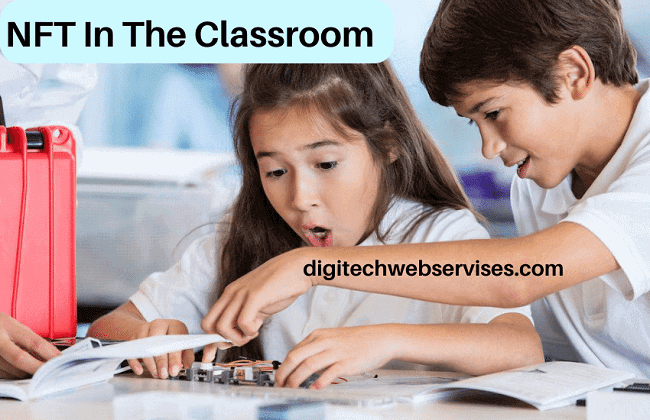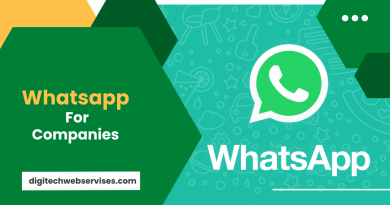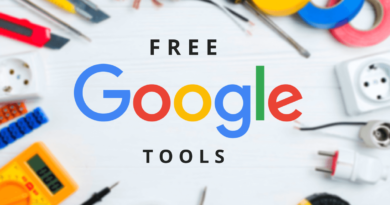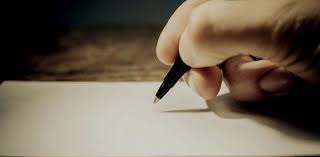Why Should Teachers Care About NFT In The Classroom? What Is Its Purpose?
Though most people have probably heard of NFTs, especially in education, they might not necessarily know what they are or how to utilise them. NFTs, also known as non-fungible tokens, are a common issue in new technology. We are hearing more about the metaverse, blockchain, and web3 in addition to NFT in education. The world is home to a wide variety of evolving trends and technology.
We don’t have to be specialists; we just need to be well-equipped to guide children through a world that is continuously undergoing change. Although many people may think that NFTs are something new, the first NFT was only introduced in 2017.
NFTs are being produced and used increasingly often. We are curious as to what this growth entails going forward. What applications will NFTs have in the workplace and, more crucially for us, in education? What information is necessary to teach pupils about NFTs and even how to make them? All such information can be explained in depth by the company providing NFT Marketplace Development Services.
What exactly is an NFT?
Table of Contents
A nonfungible token (NFT) is what it is generally understood to be (NFT). Since it has a special digital ID and cannot be duplicated, divided, or replaced, it is non fungible. When someone generates an NFT, it has a special digital identity that may be used to verify its authenticity and ownership. The NFT is then recorded on a blockchain, a platform that maintains track of transactions. Nontangible refers to the fact that an NFT is a type of ownership and purchase proof rather than a real, physical object.
The records of NFTs are spread throughout a network of connected computers. They can be traded or sold after being stored. Through a process known as “minting,” which transforms digital information into a cryptocurrency collectible, NFTs are produced.
There are various materials available to help people comprehend how NFTs are made and put to use. For instance, his five-minute video provides examples to assist explain what NFTs are and makes the subject more understandable.
Educating students about NFTs
The comparison between money and art was the one that benefitted my students the most. You can divide a $100 note into different amounts and it will still have the same worth. With NFTs, however, you cannot divide a work of art like the Mona Lisa and arrive at an equal distribution and value. The cause? The original Mona Lisa is unique. NFTs are valuable since they represent genuine, original works.
Even though I can produce a copy or snap a picture of something, those other copies won’t be as valuable as the original. NFTs can be developed to represent a variety of things, such as art, digital content, numerous media types, and more.
How is an NFT produced?
Regarding NFTs, there are a number of resources available. The “minting” process for NFTs entails signing a blockchain transaction that contains the information or outline of the essential token details.
A smart contract function that produces the token and assigns it to its owner is triggered when this occurs since the information is sent to the blockchain. A distinctive identity for every NFT is kept on the blockchain. No precise format is required for an NFT. It could be a picture, a movie, or a GIF. Its ownership is established and its veracity has been confirmed when the inventor adds it to the blockchain.
Is NFT a permanent fixture in education?
Yes! I give eighth graders a class called What’s Next in Emerging Tech. Throughout the year, we spend a lot of time discussing AI, AR/VR, and more recently, hot issues like bitcoin, blockchain, and NFTs. Students are interested in learning about, designing, and comprehending how they might be used in the future. We analyse the potential meaning of NFTs, their advantages for application in education, and then look for real-world instances to debate.
Recent news reports discuss how certain institutions of higher learning are beginning to employ NFTs for accreditation. As an illustration, Duke University uses NFTs as proof of education for its Master of Engineering in Financial Technology degree.
NFTs have been utilised to reward students in a personal finance course at Pepperdine University. Although the NFTs don’t directly translate into money, they show that a student passed the course. Research has been done, and institutions like MIT are supporting the use of blockchain to authenticate diplomas and transcripts from colleges.
NFTs in the K–12 sector
There are several distinct ways that NFTs can be used in K–12 education. Here are a few typical situations:
- keeping track of information pertaining to assessments or student records—typically, there are numerous documents or technologies utilised for keeping track of this data. In contrast, this data can be verified, readily accessible, and unalterable through an NFT.
- NFTs can also be utilised as diplomas and resumes, which assist students track what they have accomplished during their academic careers.
- Having students design their own NFTs can help serve as a permanent, irrevocable, and singular “transcript” of learning and professional progress. There are several options available for purposes of creation. A friend of mine, author and educator Rabbi Michael Cohen, has been working hard in the field of NFTs. He recognises the potential of NFTs in the creative and artistic fields.
NFT’s importance in education
The availability of a digital asset or what it is being developed to represent determines the value of NFTs. The value of the NFT increases with decreasing availability. Over the past year, NFTs have seen some significant sales. For instance, digital artist Beeple earned $69.3 million for a collage of 5,000 photos. The first tweet that former Twitter CEO Jack Dorsey sent out as an NFT was sold for $2.9 million.
Students can produce authentic, collectable, and even marketable digital art with NFTs. With NFTs, there is so much room for innovation. We can give children the chance to acquire crucial socio-emotional learning (SEL) and future-ready abilities by including entrepreneurial skills.
The Last Wise Words
We don’t have to be specialists, even if there is a lot to learn about NFTs. There are ways to teach about and start conversations regarding NFTs, regardless of the grade level or subject matter covered in class. Once we’ve accomplished this, children will continue to create and learn in their own unique, important ways.
Author Bio: Suzanne Dieze is a technical content writer and preferably writing technology-based blogs and articles. I have a few published pieces under Mobile Based Applications, and Data science consists of proven techniques, future costs, and benefits.



